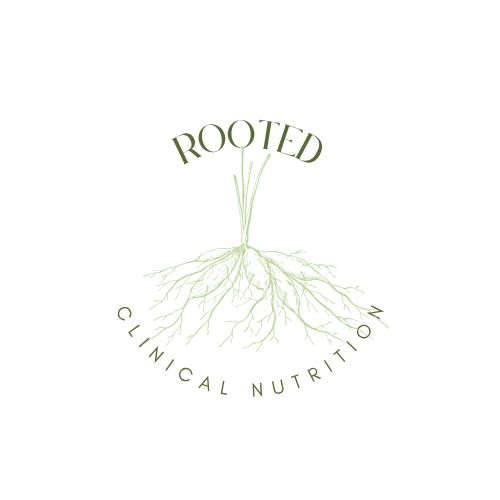Functions of the Digestive System
Functions of the Stomach
One of the main functions of the stomach is the breakdown of food through a process called churning. Two types of muscle are found in the body of the stomach, the longitudinal muscle and the circular muscle, that moves food back and forth (churning) causing the food to breakdown into a liquid substance called chyme. Another function of the stomach is the secretion of enzymes that aid digestion. Chief cells secrete the enzyme pepsinogen, which mixes with hydrochloric acid (HCI) to convert the enzyme to an active form of pepsin. Parietal cells secrete HCl and intrinsic factor which is necessary for the absorption of vitamin B12. Digestion of proteins also occurs in the stomach due to the acidic environment and active form of pepsin that breaks down protein from the food we eat into amino acids. When enough amino acids are digested and absorbed, G cells in the stomach produce gastrin. Gastrin promotes the emptying of the stomach and movement of the chyme to the small intestine.
Functions of the Liver and Gallbladder
Stated previously, the liver and gallbladder are accessory organs that communicate with the small intestine to aid in digestion and absorption of nutrients. Separately, the liver metabolizes alcohol and drugs consumed and contain specialized cells called hepatocytes. Hepatocytes manufacture bile that aid in the digestion of lipids (fat). The bile is stored in the gallbladder until the hormone CCK is released and triggers the release of the bile by the gallbladder. Bile emulsifies the lipids, breaking them down further.
Functions of the Small Intestine
The small intestine contains 3 parts: 1) the Duodenum, 2) the Jejunum, and 3) the lleum. The majority of digestion and absorption of the food we eat happens in the small intestine. The secretion and release of digestive enzymes in the small intestine is crucial for these functions to occur. The small intestine communicates with the accessory organs of the digestive system, specifically when chyme enters the duodenum from the stomach. Once the acidic chyme reaches the duodenum, cells in the duodenum release the hormone secretin. Secretin communicates with the pancreas to release bicarbonate to raise the pH in the duodenum, which is needed for proper digestion to occur. When a high concentration of lipids (fat) is present in the small intestine, the duodenum and pancreas communicate to release the hormone Cholecystokinin (CKK). CKK causes the pancreas to release the enzyme lipase and the liver to release stored bile to aid in the digestion of lipids.
Functions of the Large Intestine
The undigested food that passes through the small intestine moves into the large intestine. The large intestine is made up of the cecum, colon, rectum, and anal canal. The colon is made up of 4 parts: 1) ascending colon, 2) transverse colon, 3) descending colon, and 4) sigmoid colon. The main function of the colon is the reabsorption of water, bacterial fermentation for the gut microbiome, and process waste from the body and prepare that waste for elimination.
References
Stipanuk, M. H., & Caudill, M. A. (2019). Biochemical, physiological, and molecular aspects of human nutrition (Fourth Edition) Elsevier.
Mirbolooki, R. Anatomy and Physiology of the Gastrointestinal System. Recorded Lecture. SonoranInstructure. Accessed October 12, 2023. https://scnm.hosted.panopto.com/Panopto/Pages/Viewer.aspx?id=d1591b54-bfcf-49fc-80b1-acea014c086f&start=0

